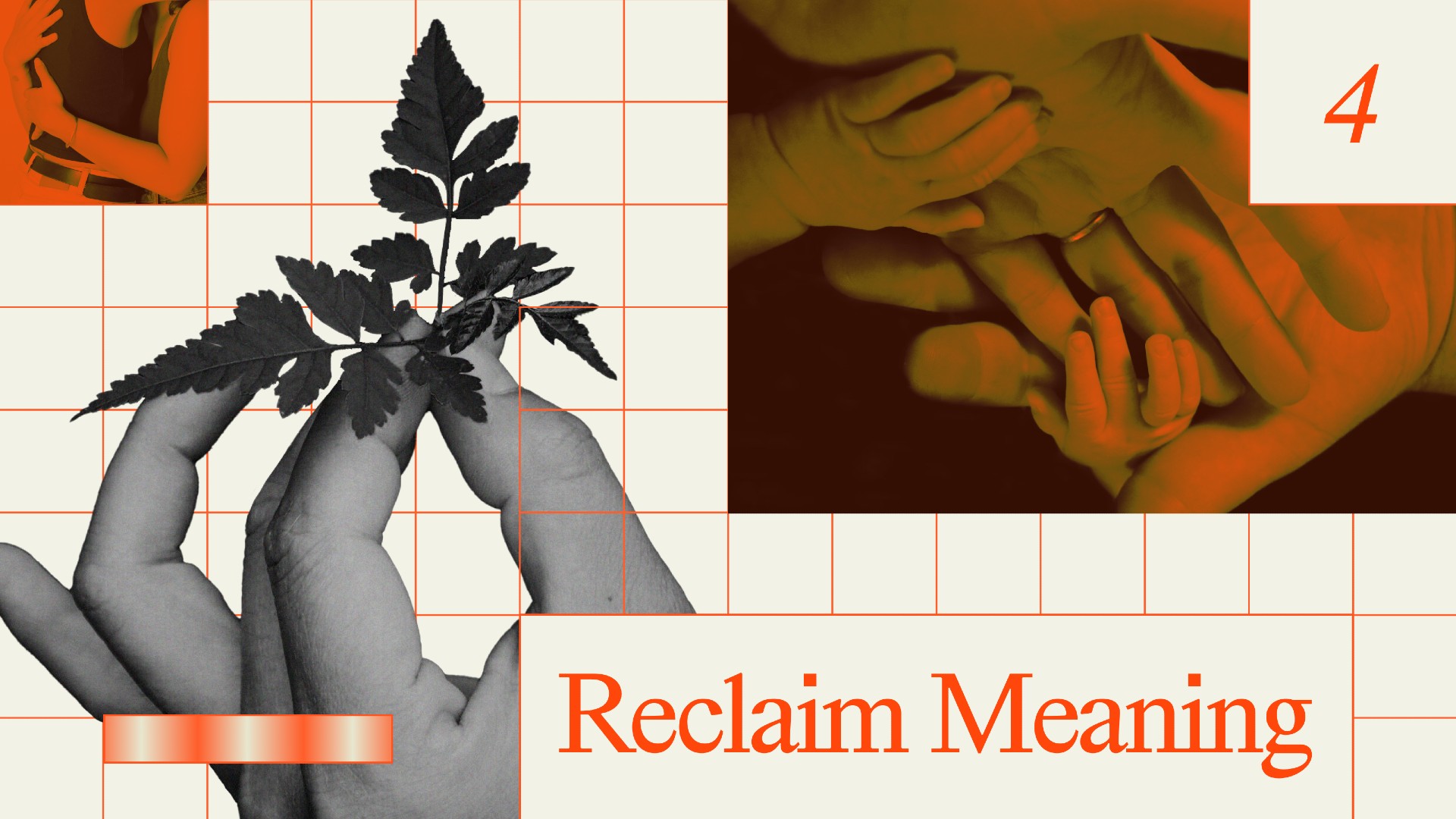Emotional intelligence is a range of abilities, self-awareness, emotional self-management, empathy, social skills. Women tend to be better than men on average at empathy, particularly emotional empathy, sensing in the moment how the other person is feeling and also, at social skills, at keeping things feeling good between people in a group. Men, on the other hand, tend to be better on average at self-confidence, particularly in groups, and at managing distressing emotions.
Question: What is emotional intelligence?
Daniel Goleman: Emotional intelligence refers to how well we handle ourselves and our relationships, the 4 domains. Self-awareness, knowing what we’re feeling, why we’re feeling it, which is a basis of, for example, good intuition, good decision-making. Also, it’s a moral compass. Say, in part, is self-management, which means handling your distressing emotions in effective ways so that they don’t cripple you, they don’t get in the way of what you’re doing, and yet, attuning them… to them when you need to so that you learn what you must. Every emotion has a function. Also, [marshalling] positive emotions, getting ourselves, you know, involved, enthused about what we’re doing, aligning our actions with our passions. The third is empathy, knowing what someone else is feeling. And the fourth is putting that altogether in skilled relationship. So that’s what I mean by emotional intelligence. There’re many definitions out there. The part of the brain, it turns out, that supports emotional and social intelligence is actually the last circuitry of the brain to become anatomically mature. And because the neuroplasticity of the brain shapes itself according to repeated experiences, so my argument is, hey, we should be teaching kids regularly overtime, in a systematic way, self-awareness, self-management, empathy, and social skill. In fact, there, now, enough programs and they’ve been around enough in schools that they’re about to publish a huge meta analysis, looking at hundreds of schools and kids that had the program versus those that don’t. Guess what? All anti-social behavior, you know, disruption in class, find that… it goes down 10%. Pro-social behavior, liking school, well-behave, up 10%. Academic achievement scores, up 11%. So it really pays. Executive function, which is mediated by the prefrontal lobe, both helps you manage your emotions and helps you pay attention. So as kids learn these skills, they also learn learning… basic learning skills. I think that the fact that that was an argument was one thing that caught people’s attention. Then, there was a little chapter on… called managing with heart, which argued that leaders who were sons of a bitch were actually defeating the company’s own mission. And I think that made a lot of people happy because they work for people like that. I don’t know… Some people gave it to other people because they thought they needed help in this domain. I’m sure there’re a zillion reasons why people like the book.
Question: Are we becoming more emotionally intelligent?
Daniel Goleman: I hope more. I know IQ has been going up for a hundred years as children encounter more sophisticated cognitive environment as they grow. I don’t know that we’re becoming more emotionally intelligent. I like to hope we would but I think that the number of intergroup wars going on, the intergroup hatred going on, the, you know, levels of familial abuse, in other words, indicators of emotions out of control in dangerous ways don’t look that great, which is why I’m a very strong proponent of getting these social, emotional learning programs in every school worldwide.
Question: Are women more emotionally intelligent than men?
Daniel Goleman: Well, I get asked that question in a different way, which is, are women more emotionally intelligent than men? And you have to remember that emotional intelligence is a range of abilities, self-awareness, emotional self-management, empathy, social skills. Women tend to be better than men on average at empathy, particularly emotional empathy, sensing in the moment how the other person is feeling and also, at social skills, at keeping things feeling good between people in a group. Men, on the other hand, tend to be better on average at self-confidence, particularly in group, and at managing distressing emotions. But what’s very interesting is if you look at leaders who were in the top 10%, there’s no difference between the men and the women on any of those variables. In other words, you have a whole human being. So I would say that on average, there probably are differences men and women in this domain of ability. But as people develop their skills, as people become more effective, they pick up strengths in areas that they need.
Question: What cultures have the highest emotional intelligence?
Daniel Goleman: Well, I think that emotional intelligence as a universal but it looks different in different places. You know, Japan has a very rigid set of rules of social interaction, lots of subtleties. Americans typically blunder into the Japanese system, don’t get what’s going on. And, you know, it’s embarrassing but they wouldn’t recognize, necessarily, emotional intelligence in Japanese setting. Brazil is a very different culture. It’s very outgoing, you know, kind of like an Italian culture. And so, it will look different there but I think the fundamentals are the same.






